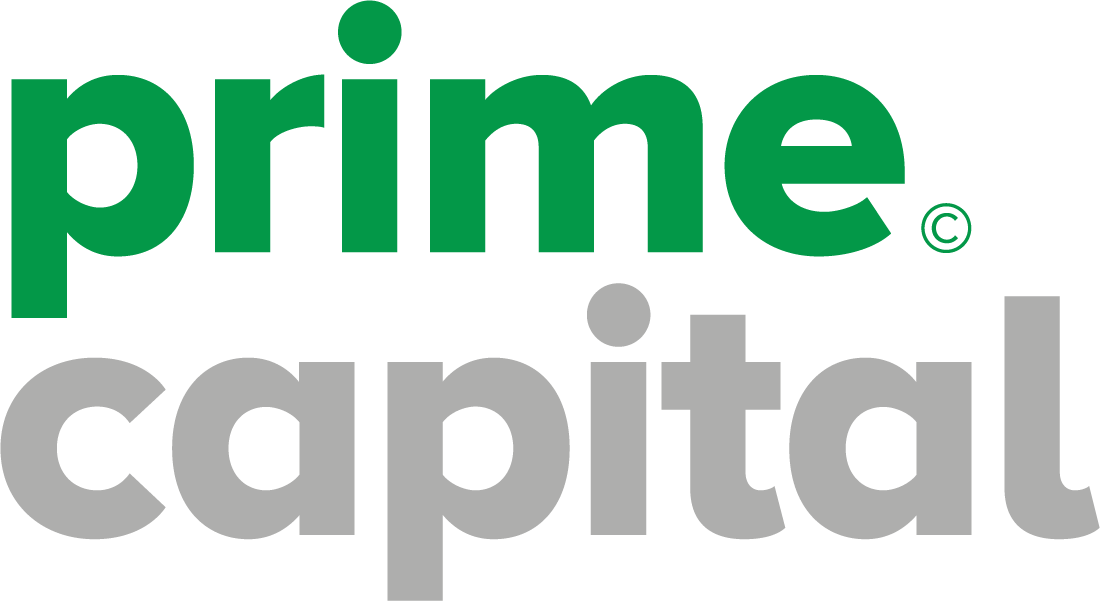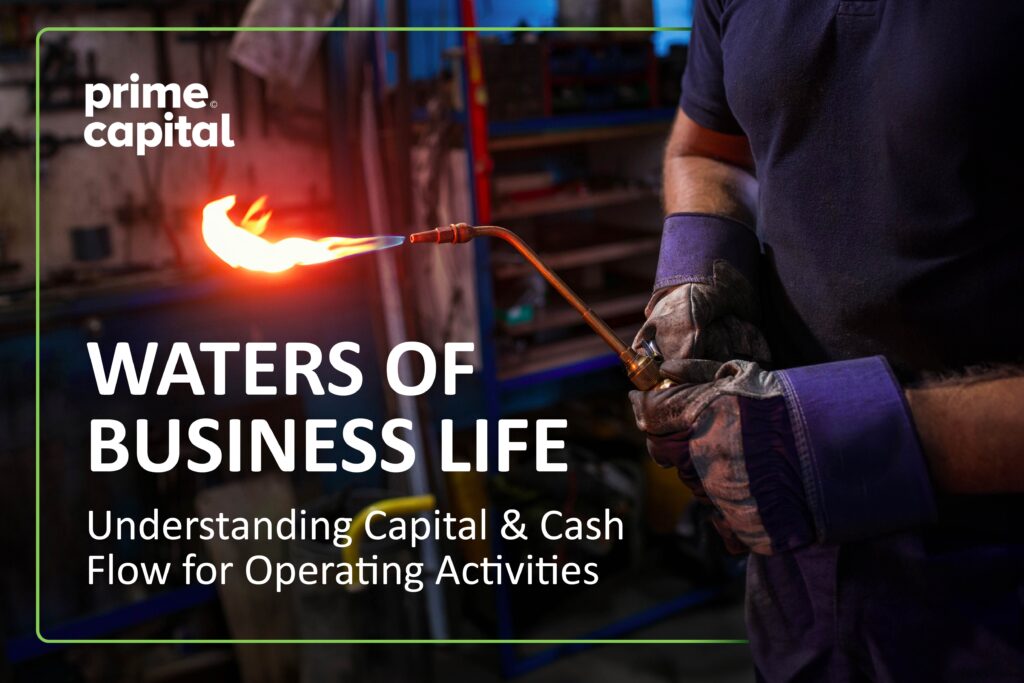In truth, there isn’t a very long list of what it takes to keep yourself alive. With air, water, food, and shelter, you’re ready to go. The rest (at least to our Buddhist friends) is window dressing.
In honour of Small Business Week, I thought we would explore parallels between the human condition and the journey of keeping your small business body healthy. What does it take to stay fit, thrive, and move forward?
Just like our bodies, it’s not a long list—but it’s an important one
Prime Capital & Small Business Perspectives
As a business owner myself for over 23 years and as an equipment lease provider to small businesses for over 35, here are the things I see that are essential to business life.
- Capital (and its big imposing cousin, Cash Flow)
- Capacity
- Continuity
If the list is this simple, shouldn’t more people remember it? Well, the truth is that millions of entrepreneurs (50% of startups within their first 5 years) become “unalived” relatively quickly. Despite great products and ideas, some fundamental need wasn’t met. It’d be like working a 40-hour week without sleeping or eating—you might get things done for a while, but at a mounting cost to your health.
Why do equipment leasing companies like mine care? In Canada, over 67% of employees work in these businesses, so when these companies struggle to survive and thrive, it has the potential to impact a LOT of people. Some figures estimate over 12MM individuals in Canada, not to mention the people who rely on them—arguably another 10-15MM direct impact potential. For perspective, that’s over 2/3 of our country, making this not only important for YOUR small business but for the country itself.
Here are some other eye-opening statistics:
- 1 in 20 businesses survives 30 years or longer (and hey if you are already beating the odds, a solid, slow, meaningful clap for you!)
- 1 in 4 survive at least 18 years.
Fun fact: DYK that in Canada, the statistic used to describe the creation of businesses in any given period is called the “birth rate”? But, like us, being born is just the beginning; you need to be wily, prepared, and resilient when you choose an entrepreneur’s path.
Because this is a big topic, we’re going to break this up into three articles, each focused on one of the key factors. Today, we discuss CAPITAL—an integral part of understanding cash flow for operating activities.
Capital, Cash Flow, & Equipment Leasing
If you’re past the start-up stage, you’re probably well aware of the critical role capital plays in your cash flow.
Capital is how you pay for things that matter—staff, rent (if you need it), technology, tools, and general overhead. It’s also how you buy time to turn your idea into a paying client roster that hopefully will replenish and grow that capital base over time.
To use an example, if you’re a gardener, everything starts with a seed. If you’re a business owner, that seed is capital. A cash flow tip to remember is that while ideas are free, capital is not. We’ll revisit this later as the cost of capital.
Most businesses like yours raise their preliminary capital from sources close to home. These might include credit cards, savings, their favourite aunt, or selling those collector cards that you SWORE would be worth their weight in gold someday.
Raising sufficient capital might just seem, well, obvious. But the stats tell us that many companies struggle with their calculations. In fact, it is EXTREMELY common for business owners to underestimate how much capital they need (and how long they need it for) by up to 3x to 4x the actual cost.
So, why do so many people miss the mark (and how can heavy equipment leasing help)?
Working Equipment Leasing Into Your Business Plan
Many business plans are created the way most spontaneous vacations are planned.
The last time you went on holiday, did you add three days into the roadmap for travel delays, transportation breakdowns, illness, weather, etc?
If you’re at all like I was when starting out, no—you didn’t. Don’t worry; it’s not uncommon to forego those important buffers! On the other hand, if you are a rockstar planner, I’m giving you the family credit card. We like a warm destination, but not too warm, okay?
While 67% of Canada’s employees are working at a small business, most are not owners. The reason is that many are risk averse. But not us—business owners tend to be irrepressibly optimistic. Add to that fact most people running a business are good at a thing (a trade, a skill, a knowledge set), but that thing is not actually a full business in itself, much less a part of the skillset we would broadly define as “business.”
Business is a skill of its own, and most business people do not have formal training in that. The ones that do tend to be more resilient, but more on that in our article on continuity (coming soon, I promise!).
Back to your case. Were you right about how long a certain permit or license would take? Or how long getting approved for a loan or equipment(or how many lenders or investors you were going to have to speak with) would take? Or the high cost of borrowing when you are newer? Or how difficult finding and keeping staff is?
If not, your plan just experienced a hurricane delay that is going to suck the wind (pun intended) out of your 6-day island vacation. Refund? No way. It’s an act of nature. Money poured down the drain. Try again next year.
Money is Time, and Time is Money
And that brings us to the second issue with capital – “they” say time is money, but the inverse is also true. Without money, you may have no time. Time buys you the ability to raise revenues through sales, develop your product market, and perfect your offerings and internal workflows. To find and retain the best people for your business. In some sense, time is the answer, and money is the question.
Again, this isn’t news, but fitting it all together might just be. Can you guess what the next chapter is going to be about?
Now that we’ve looked at capital and cash flow, the question is simple. How do I get capital and more time for working on my business?
It’s a big topic, and to give your eyes a break, we’re looking more in depth at the answers in the next blog. Check back (or subscribe to our newsletter) for the next chapter—cash flow, capital, and all the fun things you can do when you have sufficient access to both.
Hint: leasing your heavy equipment helps you get there faster—get in touch today to learn how!



